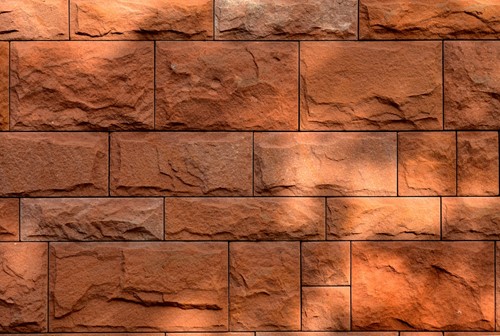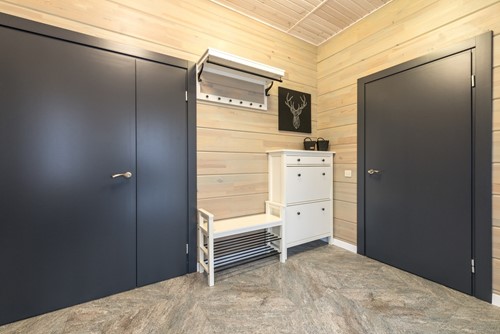
Among the myriad options for illuminating and warming up your outdoor living space, the most cozy and luxurious are outdoor fireplaces. Brick, stone, concrete and other materials can be used to create stunning outdoor fire features in a wide range of design styles.
For DIY-enthusiasts, the prospect of building an outdoor fireplace might be an attractive one. However, it’s important to understand the scope and demands of the project before you get started.
To help you decide if building your own fireplace is the right move, here are some major things to consider:
Building permits & codes
One of the first things you need to consider before building an outdoor fireplace is whether you need a permit. Some communities require specific licenses or permits for large outdoor fire features, and might also restrict what type of fuel you use (wood or gas).
You’ll also have to abide by any rules for proper distance from structures, trees and fences, which can be problematic in smaller outdoor spaces.
Budget
Outdoor fireplaces vary wildly in price depending on several factors. While going DIY will cost you less than hiring a contractor, you’ll still need to budget for materials, supplies and equipment. One cost-effective option is to purchase a fireplace kit, including instructions and materials.
You may wish to consider the ongoing cost of fireplace fuel. For example, a wood burning fireplace relies on firewood, which can add up quickly without a wholesale resource. For an outdoor gas fireplace, your usage will be reflected in your monthly utility bill.
Outdoor fireplace materials
You need to construct your fireplace with heat-safe materials, and depending on the design you might need more than one material type. The most common materials include brick, cinder block, concrete or natural stone.
For the inside of the fireplace, you’ll need steel or fire-rated bricks that can withstand the extreme heat. Alternatively, you can use an existing fire pit and construct walls and chimney around it. To build the chimney, you’ll need a fire-rated metal flue pipe.
An impressive outdoor fireplace can help you enjoy your outdoor living space even on chilly evenings. Regardless of whether you go for the traditional style with brick, stacked stone or opt instead for a modern fireplace aesthetic, keeping these important factors in mind will help make your fireplace project a success.


